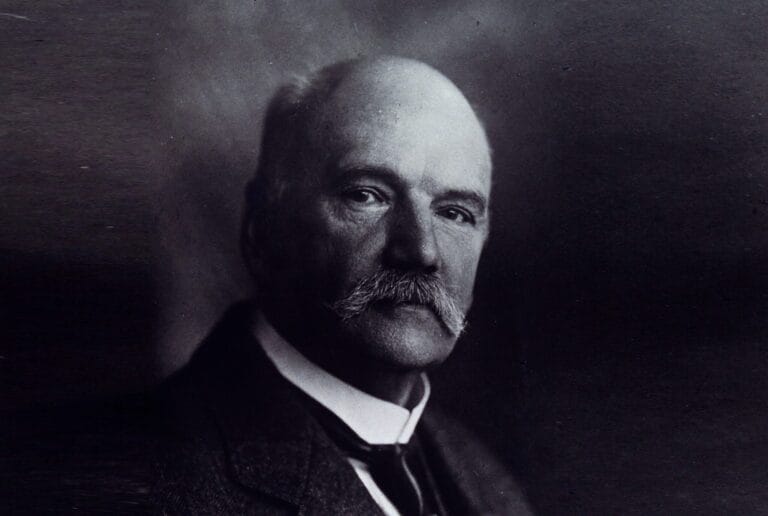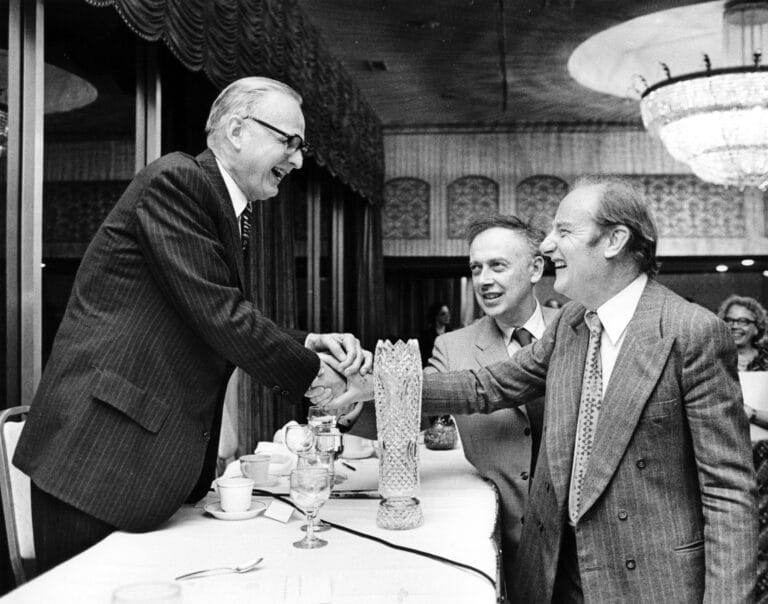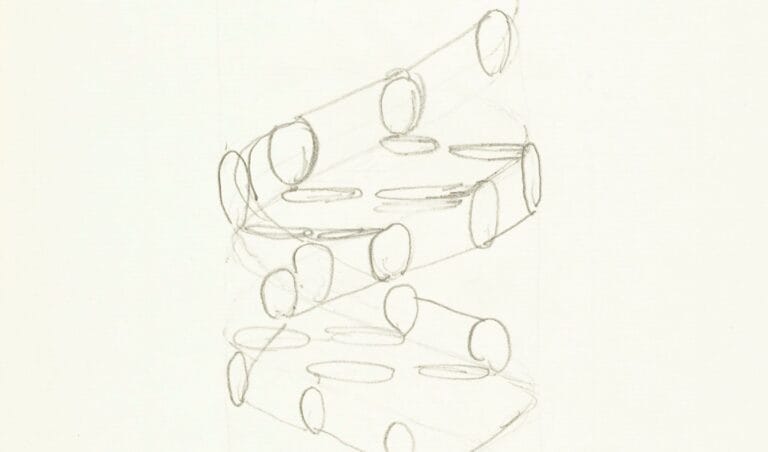The discovery of DNA: unravelling the double helix
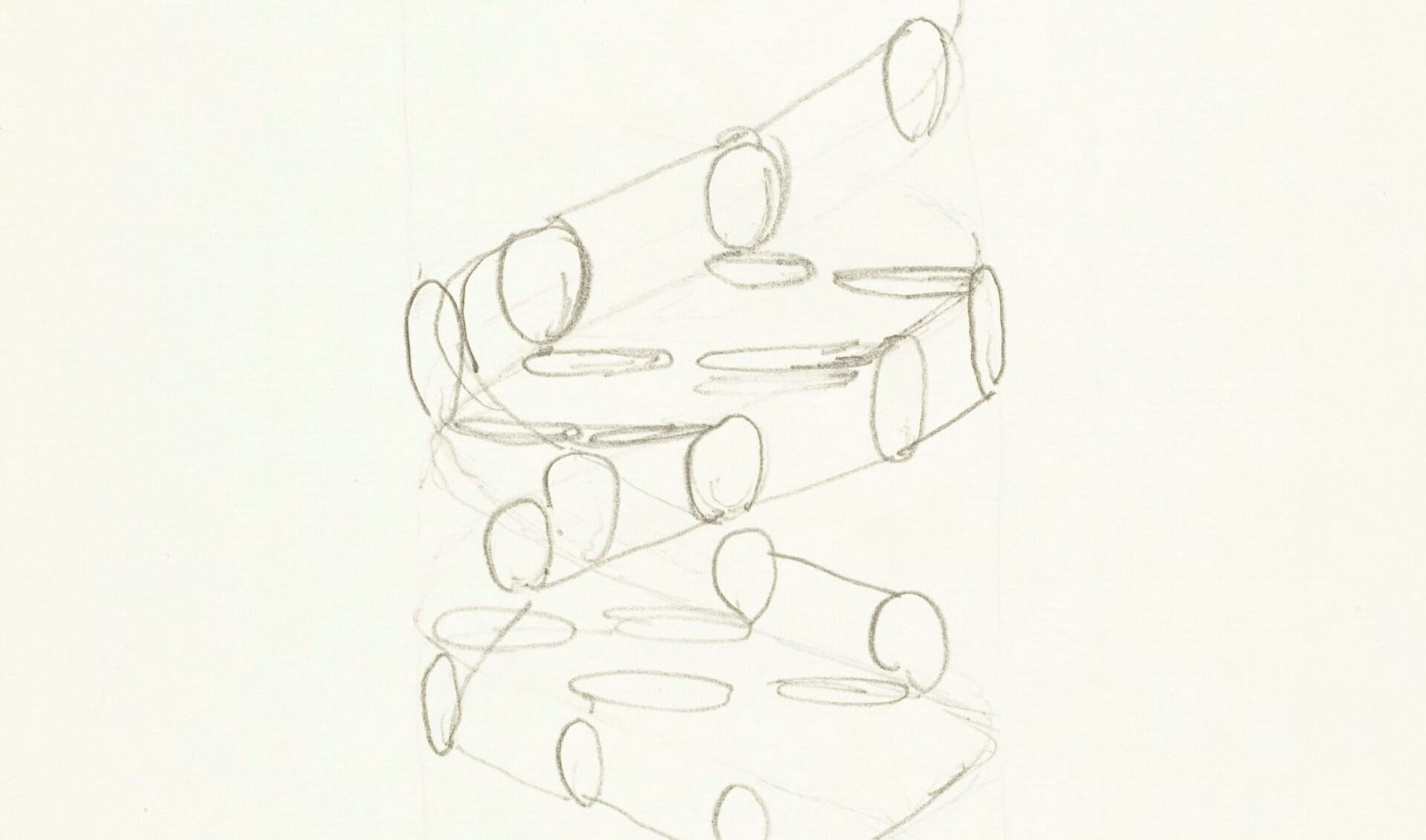
The discovery of DNA marked a milestone in our understanding of the natural world. Understanding DNAs spiral structure was an important step.
This is part 3 of our series looking at how DNA was discovered and the key players that pushed our understanding forward. Part 1 or this series discusses the early discoveries of the chemical DNA and its building blocks, and part 2 tells the story of how scientists linked these building blocks to the process of inheritance.
- It is a common misconception that James Watson and Francis Crick discovered DNA in the 1950s. In reality, DNA was discovered decades before.
- It was by following the work of the pioneers before them that James and Francis were able to come to their ground-breaking conclusion about the structure of DNA in 1953.
- From the mid 1800s to the first decade of the 1900s scientists had made important early discoveries - first discovering and isolating DNA and chromosomes, and then linking making a theory of how chromosomes are linked to inherited characteristics. But the precise mechanics of inheritance were still unclear, and DNA was thought too simple a chemical to play a part.
- For the first half of the 1900s scientists worked to understand more about DNA and how it functioned, including experiments with bacteria and viruses to explore inheritance.
Bacteria
A group of microscopic, prokaryotic, single-celled organisms.
Virus
A group of small infectious agents that can only replicate inside the living cells of another organism.
What is the shape of DNA?
The function of DNA depends to a large extent on its structure. The three-dimensional structure of DNA was first proposed by James Watson and Francis Crick in 1953. It is one of the most famous scientific discoveries of all time.
James and Francis used evidence shared by others, particularly Rosalind Franklin and Maurice Wilkins, to determine the shape of DNA. Rosalind worked with Maurice at King's College London. She beamed X-rays through crystals of the DNA molecule and then used photographic film to record where the scattered X-rays fell. The shadows on the film were then used to work out where the dense molecules lie in the DNA. This technique is called X-ray diffraction. The DNA crystals resulted in a cross shape on the X-ray film which is typical of a molecule with a helix shape. The resulting X-ray was named Photograph 51 and Maurice shared it with James and Francis.
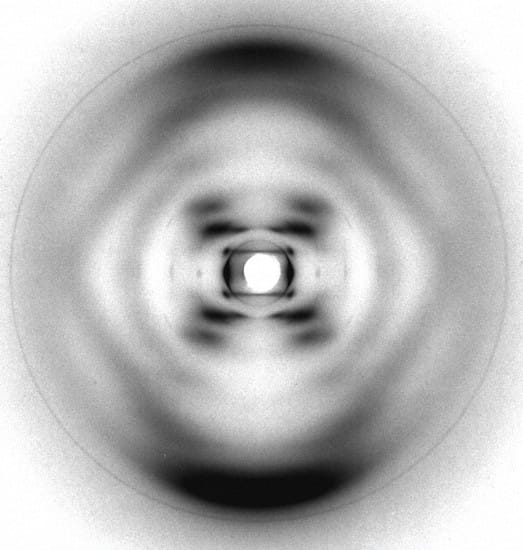
In 1953 James Watson and Francis Crick published their theory that DNA must be shaped like a double helix. A double helix resembles a twisted ladder. Each 'upright' pole of the ladder is formed from a backbone of alternating sugar and phosphate groups. Each DNA base (adenine, cytosine, guanine, thymine) is attached to the backbone and these bases form the rungs. There are ten 'rungs' for each complete twist in the DNA helix.
James and Francis suggested that each 'rung' of the DNA helix was composed of a pair of bases, joined by hydrogen bonds. According to Erwin Chargaff’s rules, A would always form hydrogen bonds with T, and C with G.
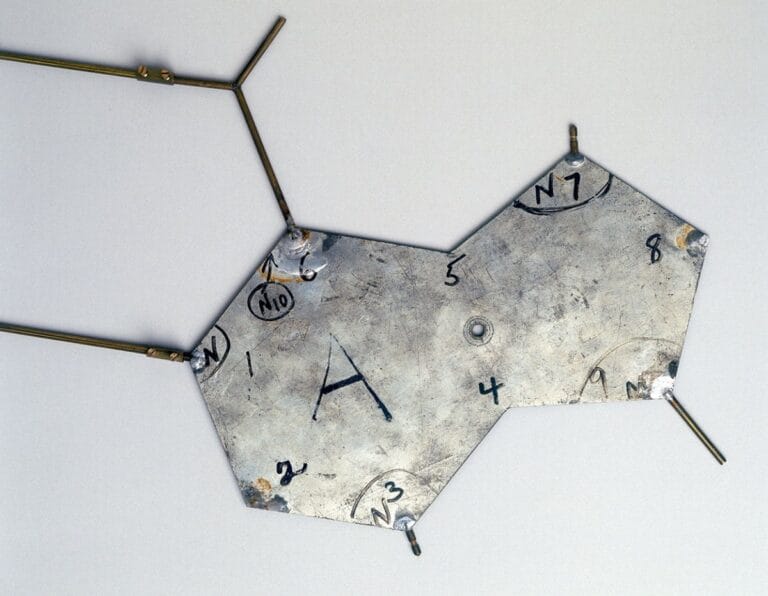
From structure to function
The concept that DNA was made of a sequence of paired bases along a sugar-phosphate backbone allowed James Watson and Francis Crick to draw two important conclusions. The order of bases on each strand makes up the digital code that carries the instructions for life:
- The two strands of DNA provide a simple mechanism for copying the molecule. If separated, each strand provides a template for creating the other strand. By separating the double helix in this way two identical 'daughter' molecules can be created.
- The order, or sequence, of bases on each strand makes up the digital code that carries the instructions for life. If we can understand the code, we are closer to understanding how cells work.
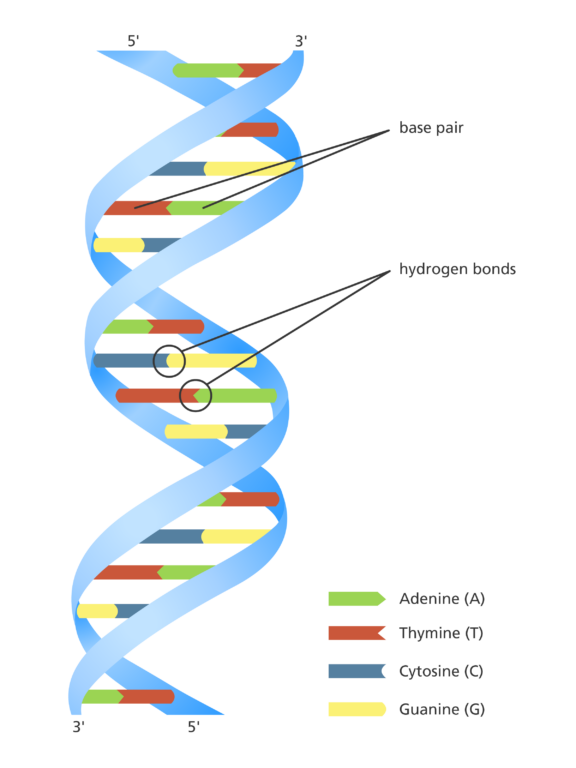
Image credit: Preeti Deshpande / Wellcome Connecting Science
Decrypting the code of life
Even following the huge breakthrough of Francis Crick and James Watson, one big question remained unanswered. How do you get from a strand of DNA to a protein?
Many scientists set themselves the challenge, but three in particular, Marshall Warren Nirenberg, Har Gobind Khorana and Robert William Holley, were the first to discover how the four bases of DNA could be translated into the 20 building blocks of proteins, also known as amino acids.
To do this, they constructed a very simple strand of RNA, composed of a strand of only one base repeated over and over; in this case it was the base uracil, or U. In the lab, this led to the production of a protein made up of just one type of amino acid, the amino acid phenylalanine. By this simple experiment, in 1961, they had cracked the first letter of the code, a strand of Us translates into a strand of phenylalanine. They could then continue the experiment, but using the other bases, to find out the other letters of the code.
Eventually they identified that the letters in DNA are read in blocks of three called a ‘codon’. Each codon specifies an amino acid which is added to the protein during synthesis.
In 1968, the three scientists were rewarded for their work with the Nobel Prize in Physiology or Medicine.

On the shoulders of giants…
There is no doubt James Watson and Francis Crick played a fundamental role in defining the structure and function of DNA. However, it is important to remember that this discovery was dependent on many other scientists before them. Miescher, Hershey and Chase, Chargaff, Wilkins and Franklin, and all the others mentioned here all deserve to be acknowledged for their work in helping to unravel the fundamental role of DNA in biology. Their research has provided the foundation on which the science of genomics is built and enabled the great strides being made today in our understanding of genetics.
